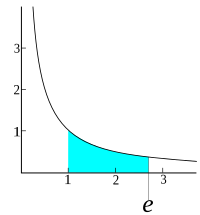
Photo from wikipedia
The existing data-driven approaches typically capture credibility-indicative representations from relevant articles for fake news detection, such as skeptical and conflicting opinions. However, these methods still have several drawbacks: 1) Due… Click to show full abstract
The existing data-driven approaches typically capture credibility-indicative representations from relevant articles for fake news detection, such as skeptical and conflicting opinions. However, these methods still have several drawbacks: 1) Due to the difficulty of collecting fake news, the capacity of the existing datasets is relatively small; and 2) there is considerable unverified news that lacks conflicting voices in relevant articles, which makes it difficult for the existing methods to identify their credibility. Especially, the differences between true and fake news are not limited to whether there are conflict features in their relevant articles, but also include more extensive hidden differences at the linguistic level, such as the perspectives of emotional expression (like extreme emotion in fake news), writing style (like the shocking title in clickbait), etc., the existing methods are difficult to fully capture these differences. To capture more general and wide-ranging differences between true and fake news, in this paper, directly from the different categories of news itself, we propose a Category-controlled Encoder-Decoder model (CED) to generate examples with category-differentiated features and extend the dataset capacity to achieve data enhancement effect, thus enhancing fake news detection. Specifically, to make the generated examples enrich more news features, we develop news-guided encoder to guide relevant articles to generate news-semantic context representations. To drive the generated examples to contain more category-differentiated features, we devise category-controlled decoder which relies on pattern-shared unit to respectively capture intra-category shared features within true or fake news, and employs restriction unit to force the two types of shared features to be more different for highlighting inter-category differentiated features. The experimental results on three datasets demonstrate the superiority of CED.
Journal Title: IEEE Transactions on Knowledge and Data Engineering
Year Published: 2023
Link to full text (if available)
Share on Social Media: Sign Up to like & get
recommendations!